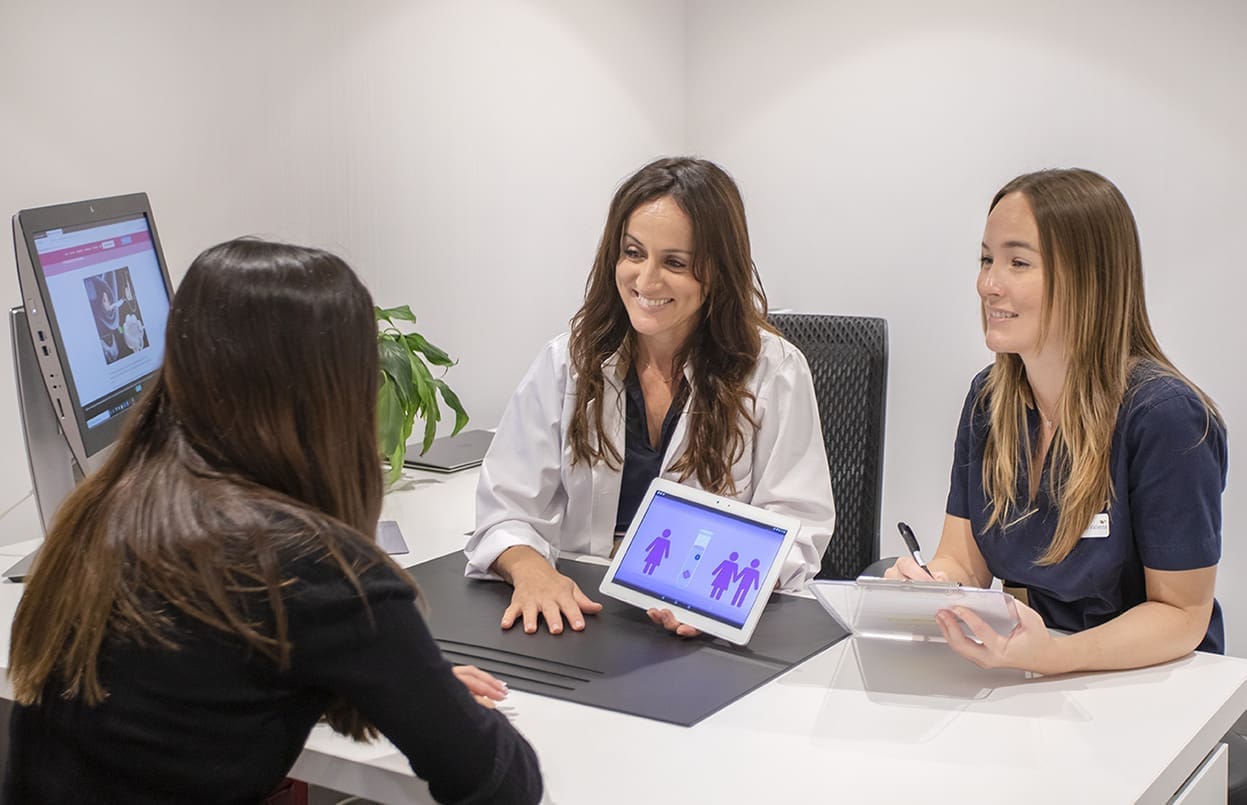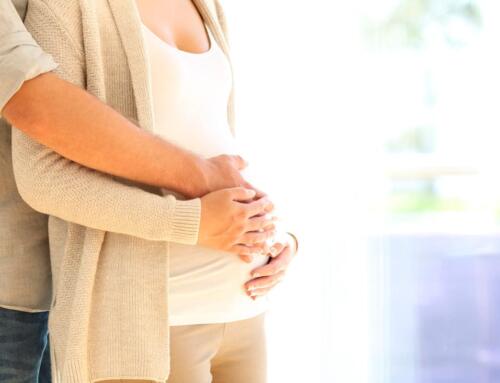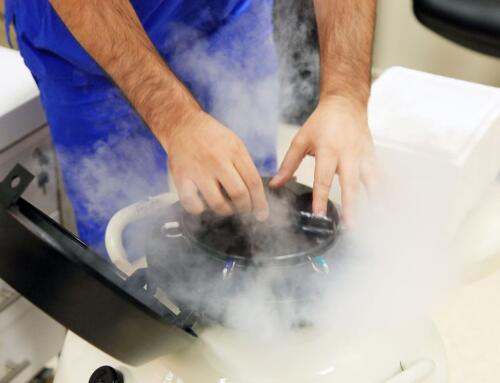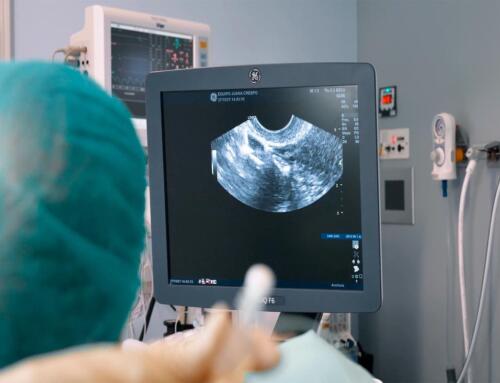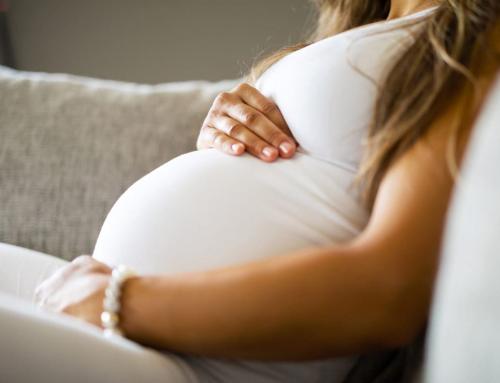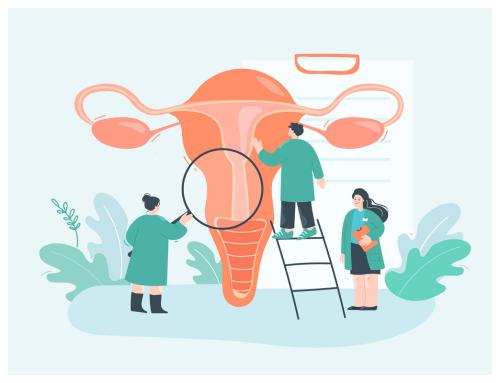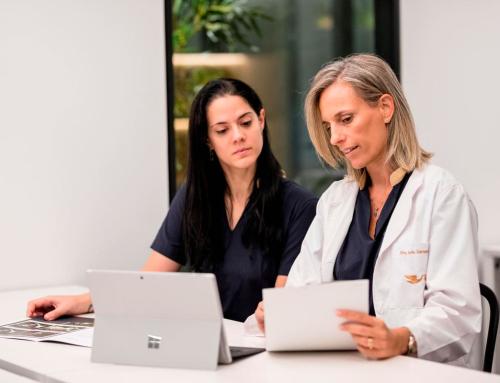A few weeks ago we encouraged you to ask us through social media the questions that you were most curious about assisted reproduction and fertility.
In this post we will try to clarify any doubts you may have.
DIET RECOMMENDATIONS FOR ENDOMETRIOSIS
Endometriosis injuries cause inflammation, which in addition to pain, stimulate the immune system by activating cytokines. The cytokines are related to chronic fatigue syndrome which is why many patients with endometriosis also tend to be fatigued or tired. When choosing to adopt a particular diet, the patient should select foods that provide energy and antioxidants and which are anti-inflammatory, with the main goal to improve bowel movement and avoid estrogen stimulation.
We are talking about foods with a high energetic power, but with a low fat content.
On the other hand, the use of probiotics is highly recommended in patients with endometriosis as it helps to restore the vaginal, endometrial and intestinal bacterial ecosystem.
Therefore:
These are the foods we recommend
- Probiotics
- Foods rich in Omega 3 (fish such as salmon, sardines or anchovies)
- Foods rich in iron (eggs, fish and some leafy vegetables) especially in women who constantly bleed abundantly.
- Foods rich in fiber (raw or roasted nuts and legumes), to help with bowel movement but also to eliminate excess estrogen.
- Vitamin-rich vegetables (cabbage, broccoli, sprouts)
- A gluten and lactose free diet
These foods are the ones we don’t recommend
It is very important to avoid foods that may cause inflammation such as:
- Red meat and sausages
- Fatty dairy products (cheese, whole milk, etc.)
- Processed foods (pastries, refined sugars, meats and ready meals)
- Excess flour and gluten (battered and breaded)
- Caffeine, excess theine, sweetened drinks, prepared juices)
- Alcohol
HOW LONG DO EMBRYOS TAKE TO FREEZE AFTER IN VITRO FERTILIZATION?
In many cases, in an Assisted Reproduction treatment of IVF or in egg donation situations, more embryos are generated than frozen, or vitrified for future siblings. In the case of no remaining embryos, a new cycle or assisted reproduction treatment would have to be started.
Generally, a new cycle can be started 4 months after delivery. If you are breastfeeding, it is recommended that you come to the clinic after your first period.
WHAT HABITS SHOULD BE ADOPTED BEFORE AN ASSISTED REPRODUCTION TREATMENT
Recommendations to follow before starting the treatment:
- No Tobacco. Tobacco is very harmful in general, but it is also an enemy of female and male fertility
- Moderate, rather sporadic alcohol consumption
- Maintaining a good BMI (body mass index) will help us not only to better stimulation phase results, but also to improve the prognosis of embryo implantation and gestation.
- A diet rich in antioxidants, low in fat and processed foods
- Exercise. Exercising is beneficial on a psychological level, since it reduces stress and anxiety during treatment, but it is also favorable for the entire body. However, high intensity exercises should be avoided, especially in the stimulation phase.
UNEXPLAINED INFERTILITY, WHAT TO DO, AND WHAT TREATMENT TO FOLLOW?
At Equipo Juana Crespo, we believe that there are always one or several subtle causes that require many diagnostic tests to detect them. Among these tests are the 3D ultrasound, MRI or even diagnostic hysteroscopy. On many occasions, after unexplained infertility, problems of genetic origin, endometriosis, hydrosalpinx in the tubes, etc. are found. The treatment to be followed will always depend on the diagnosis.
CAN DISEASES BE DETECTED IN THE EMBRYO BEFORE THE TRANSFER?
Yes, through a genetic test of the embryos known as PGD or PGS. It consists of analyzing the embryo in the laboratory to detect if it is chromosomally normal.
We must clarify that this process does not guarantee having a healthy baby. Nevertheless, the child would not suffer from the main chromosomal illnesses and many so-called rare diseases.
ON WHAT BASIS DO YOU SELECT ONE EMBRYO OR ANOTHER FOR THE TRANSFER, AND CAN YOU EXPLAIN THE DIFFERENCES BETWEEN EMBRYOS GRADES?
In general, before the transfer, the embryo of better “quality” or the most beautiful one is chosen. The embryologists continuously observe the evolution of the embryo and grade it according to different parameters: appearance, morphology, if its cell division is correct, the number of cells in which it is dividing, etc., and they are graded as A, B, C and D (from best to worst quality).
It happens that many embryos (even if they are not graded as A) when transferred and especially if the uterus is well adapted and hormonally prepared, have a high probability of success. A bad embryo in a good endometrium is viable, while a good embryo in a bad endometrium has difficulties evolving well because the endometrium is the one that protects and feeds it.
CAN A WOMAN GET PREGNANT WITHOUT HAVING HER PERIOD?
It is possible but quite difficult to do so. To get pregnant, ovulation is necessary, and it usually happens in menstrual cycles with periods, but there could be a temporary absence of menstruation if the period is irregular or simply delayed.
A period indicates that one cycle ends and another begins. If you haven’t had your period for a while or your periods are irregular, it becomes difficult to control the days when ovulation occurs, and this is why it gets difficult to plan a pregnancy.
WHEN YOU DIAGNOSE SOME TYPE OF ENDOMETRIOSIS, DO YOU OFFER TREATMENT TO TAKE CARE OF IT AND TRY TO IMPLANT THE EMBRYO PROPERLY? WHAT TREATMENT IS IT? DOES IT USUALLY PRODUCE GOOD RESULTS?
The treatments at our clinic are always very personalized and more so in the case of women with endometriosis. Each woman with endometriosis is in a different situation. The level of affectation must be assessed (not only the stage, but also whether it has compromised other factors such as the ovarian reserve or the functionality of other organs) and the disease must always be treated in a global manner, taking into account the other affected organs.
The stimulation strategy must be very precise because, in some cases, it could aggravate the disease. In addition, on many occasions there are hidden and very specific injuries that are not easy to see or recognize and that compromise everything from the ovarian response to the implantation of the embryos.
There are no standard treatments or generic formulas; the patient must be treated individually and it is very important not to abandon her once pregnancy is achieved: the treatment must be followed continuously during a woman’s fertile period.


